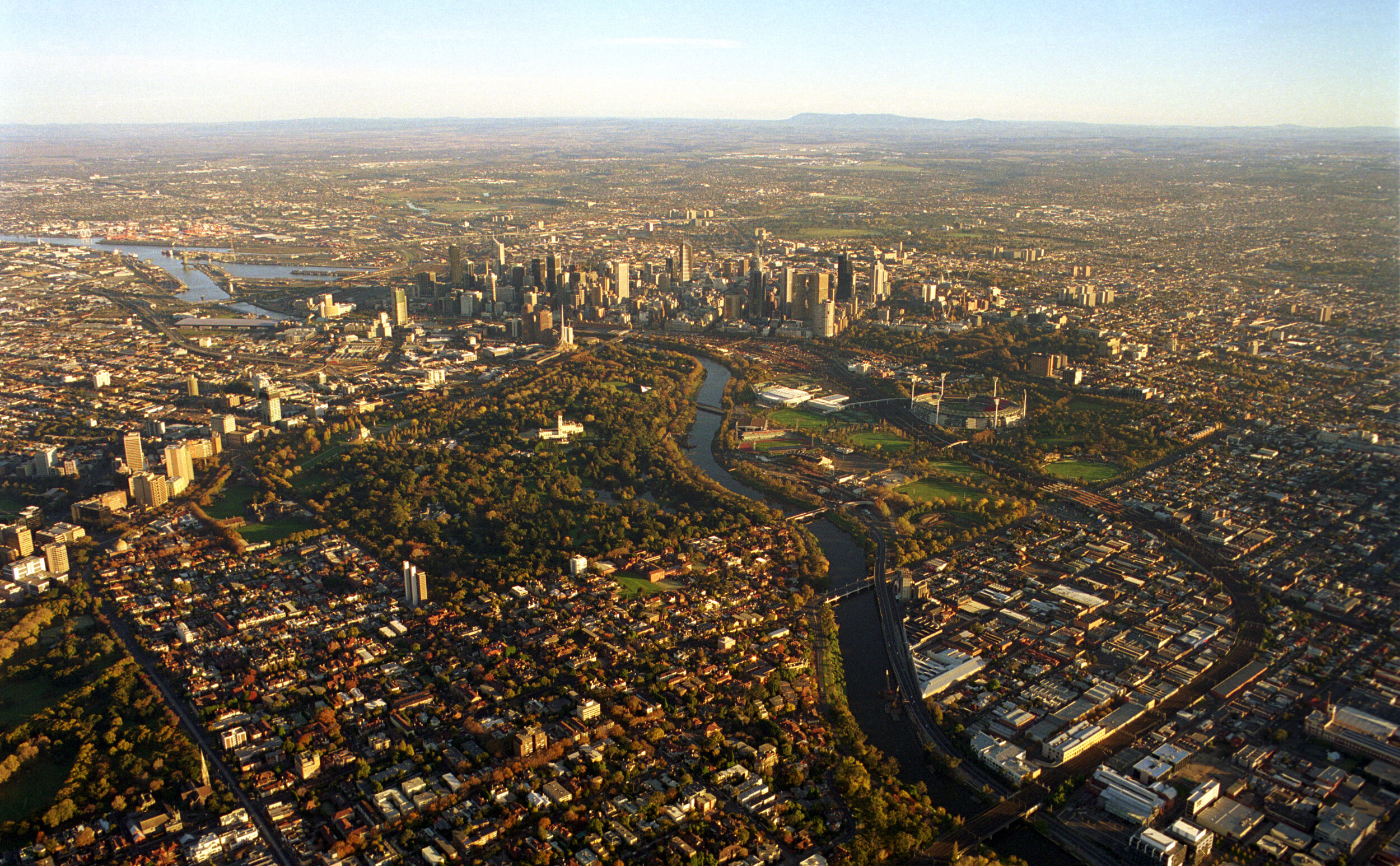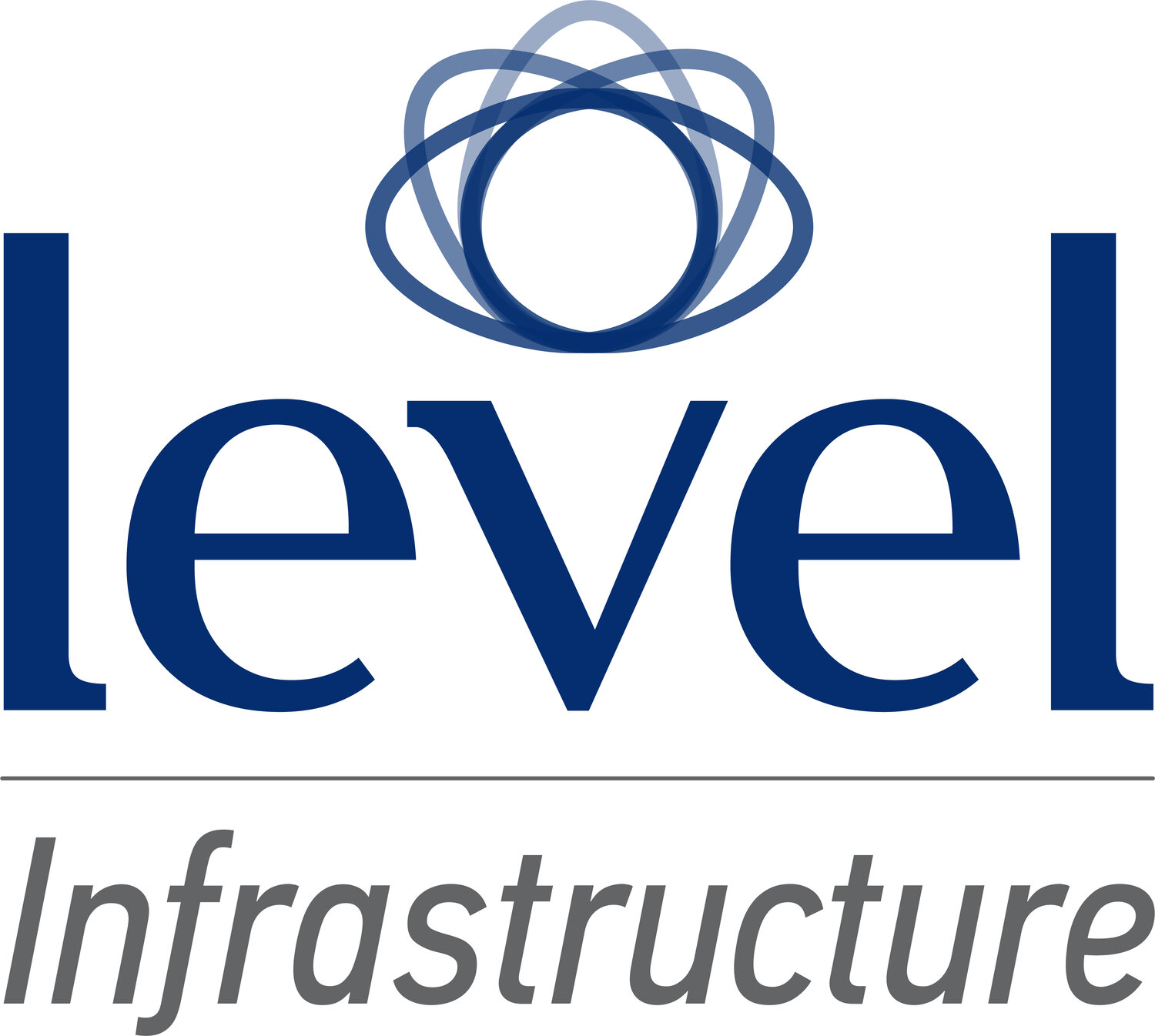
Cities for the Future
Innovative practices for the world's next two billion urban dwellers.
Level is a for-profit, mission-driven business. Our motivation stems from observations of the world’s greatest needs and inequities, particularly the poverty and inadequate infrastructure plaguing rapidly urbanizing cities in developing countries.By 2050, two billion more people will be living in cities, mostly in less developed countries.
Rapidly urbanizing cities cannot keep up with the demand for basic infrastructure.
Cities in emerging economies have absorbed rural populations in addition to internal population growth. To accommodate two billion more city dwellers, a new city with a population of one million people needs to be created every week for the next 40 years.Unequal access to basic infrastructure impedes human development and economic growth.

Developing countries' GHG emissions are growing while developed countries' emissions are diminishing.
Commodities
Wider access to appliances, entertainment, and conveniences enhance quality of life but contribute to increasing GHG emissions.Mobility
As emerging markets grow, so does demand for modern, comfortable transportation, leading to traffic congestion and a corresponding increase in GHG emissions.Industry
Energy-intensive manufacturing, such as steel production and petroleum refining, has shifted to emerging markets, improving GDP but exponentially increasing GHG emissions.
The climate is changing.
"Assessments of the impacts of sea-level rise in coastal countries show that costs of adaptation could amount to at least 5-10% of GDP. However, if no adaptation is undertaken, then losses due to climate change could be up to 14% GDP."
- IPCC Fourth Assessment Report: Climate Change 2007

Design disciplines are siloed.
The Design & Construction Industry
Isolating areas of expertise minimizes potential for innovative, cross-disciplinary development. Traditional, field-specific practices prevent the growth of integrated, complex systems that holistically respond to cities’ future challenges. Some call it niche, but we see it as a rabbit hole. Who assembles the big picture and analyzes how engineering systems fit together? Who aspires to optimize the entire urban system, rather than a single discipline?The Level Doctrine
1. All people have the right to basic infrastructure.
2. Urban development must have a positive impact on climate.
3. Private and public sector cooperation is critical for successful urban development.
4. Integrating natural systems within the urban fabric spurs growth and supports development.
Read more Insights from Level Infrastructure.









